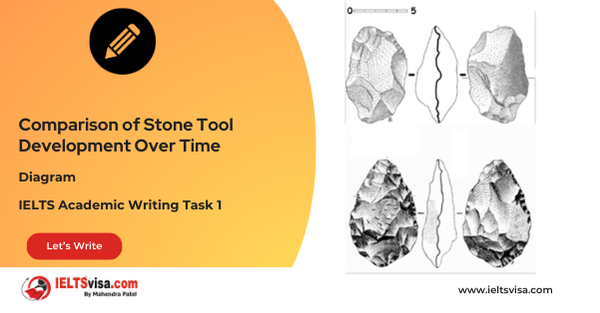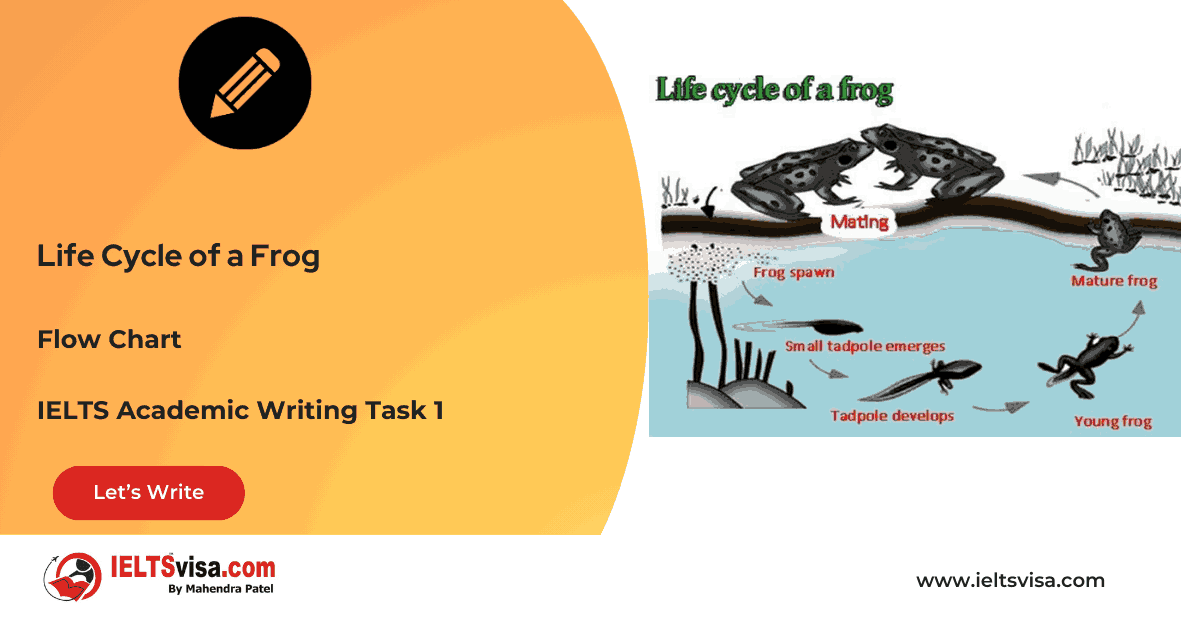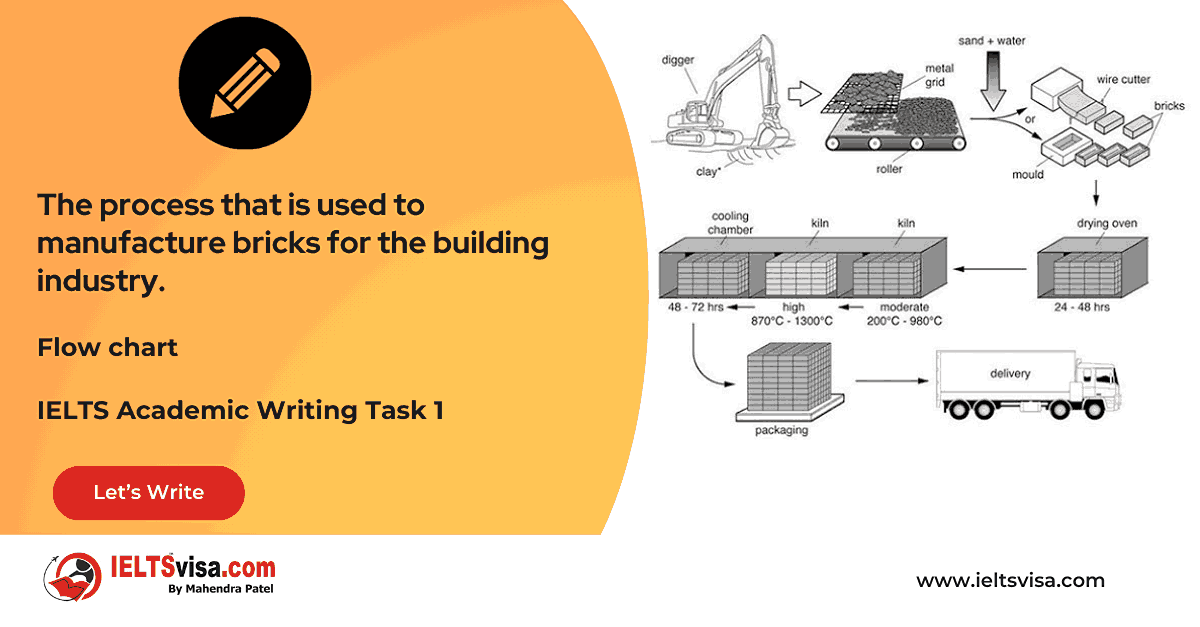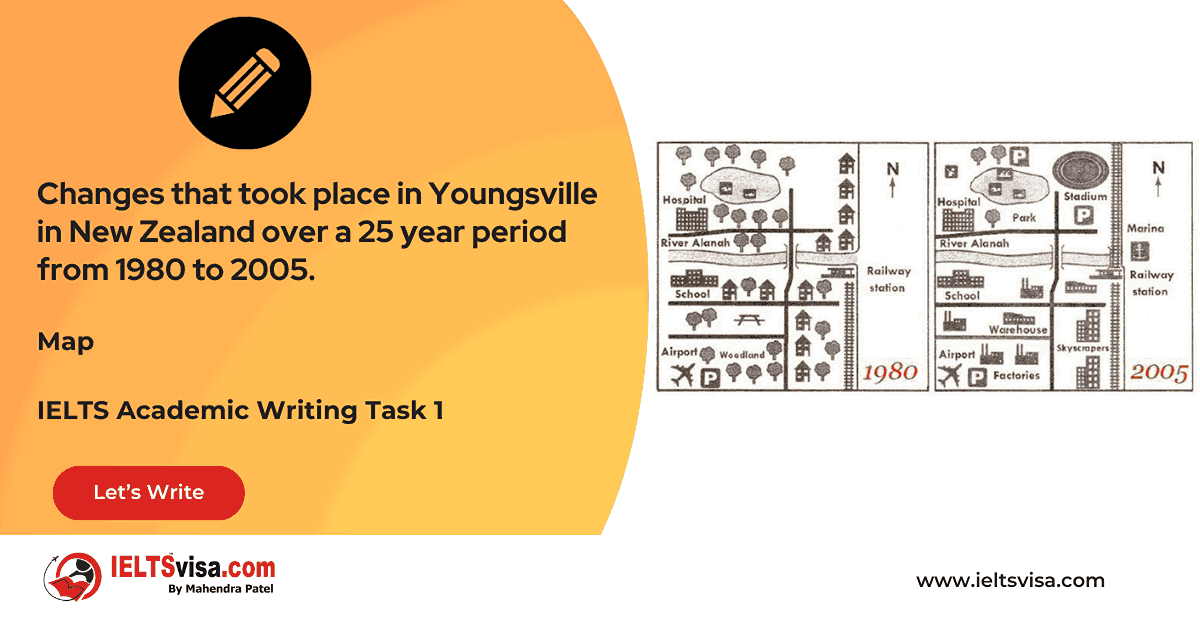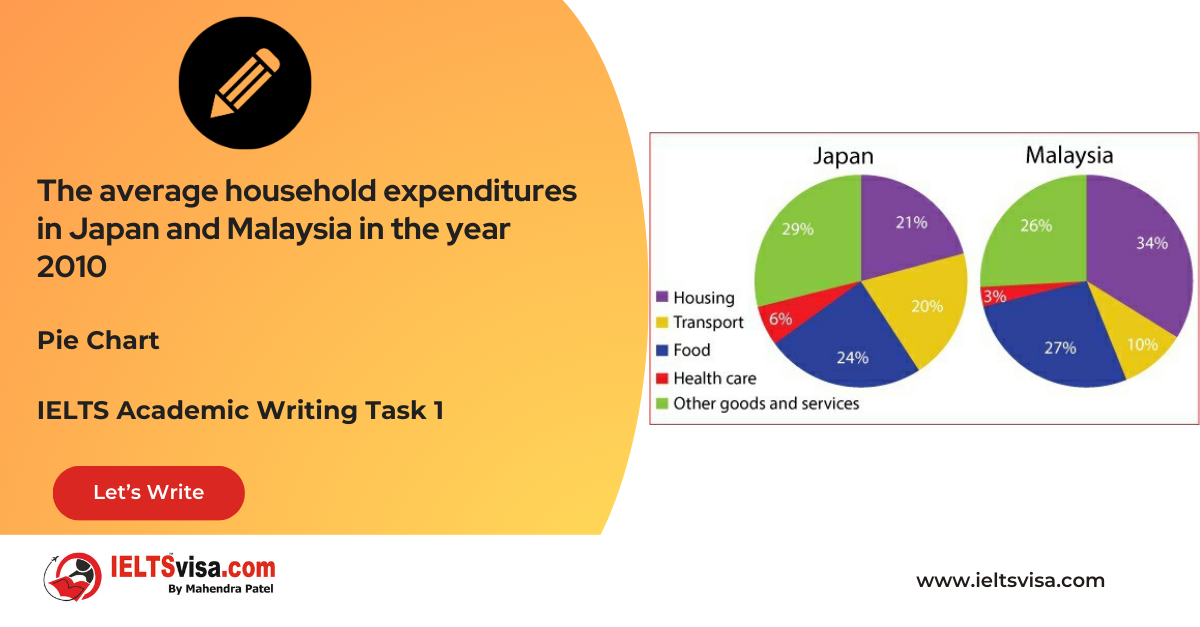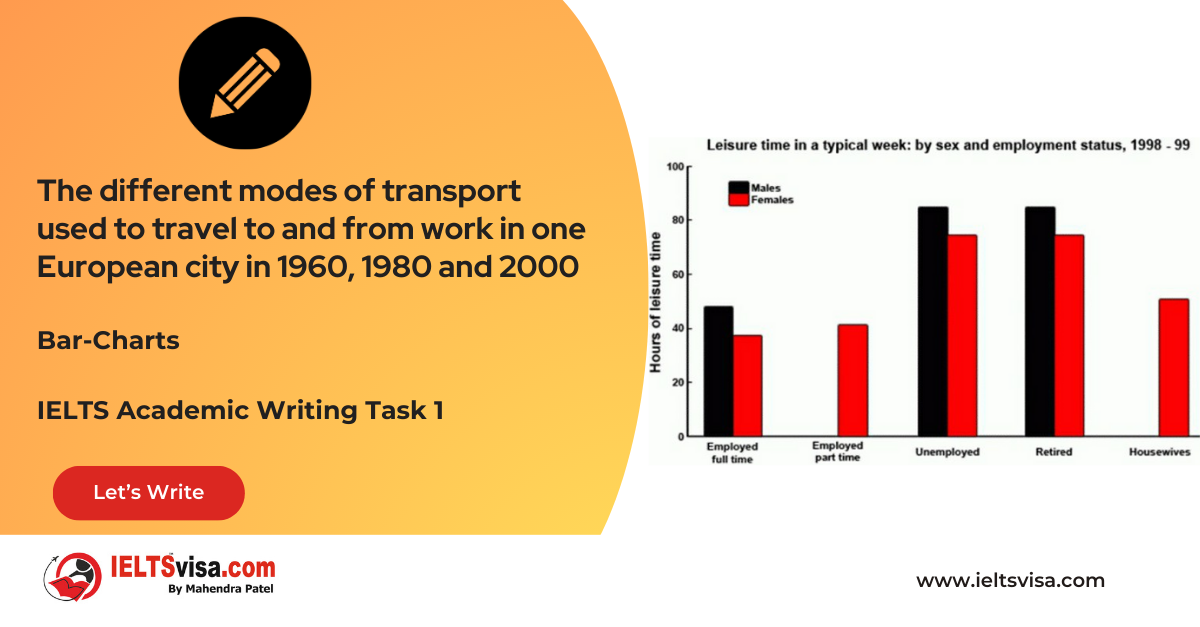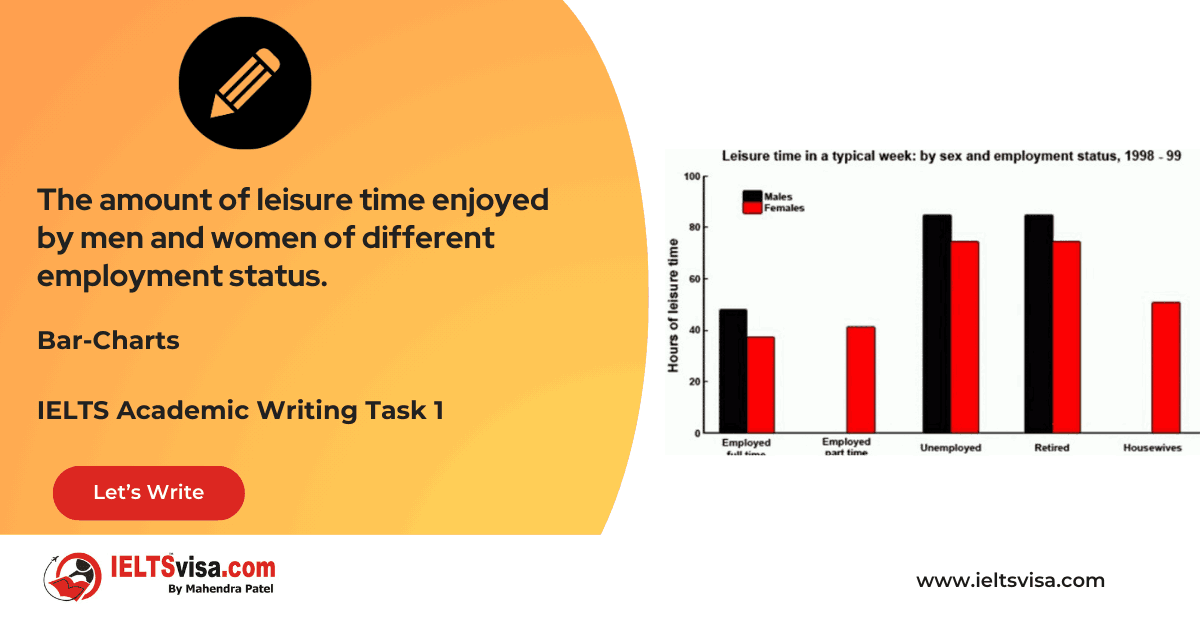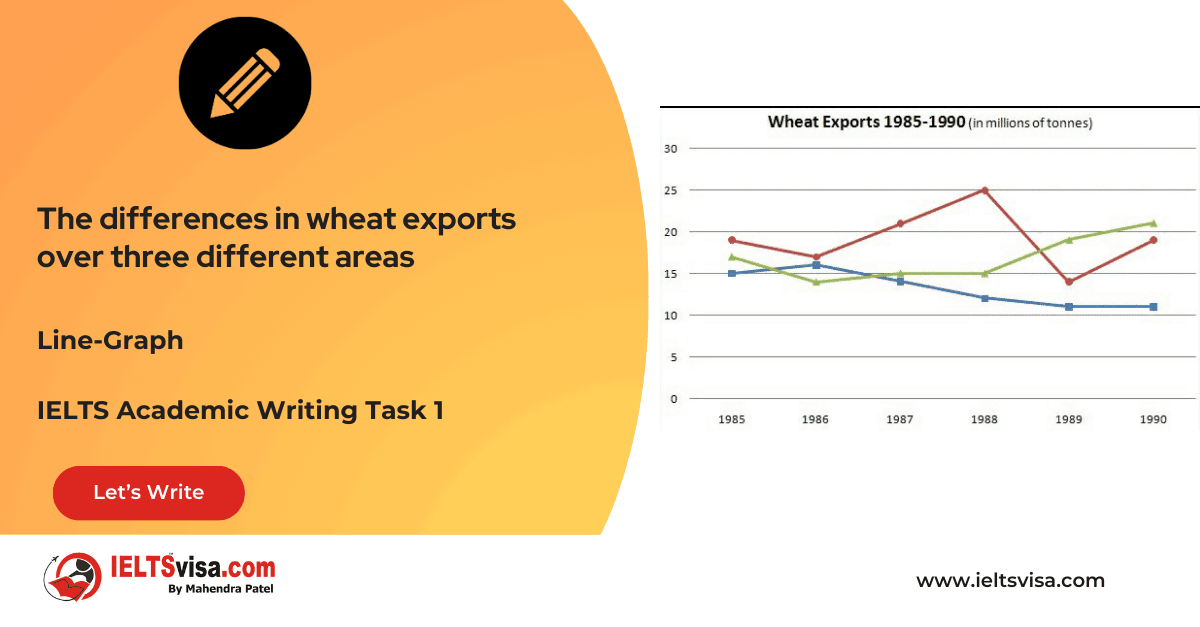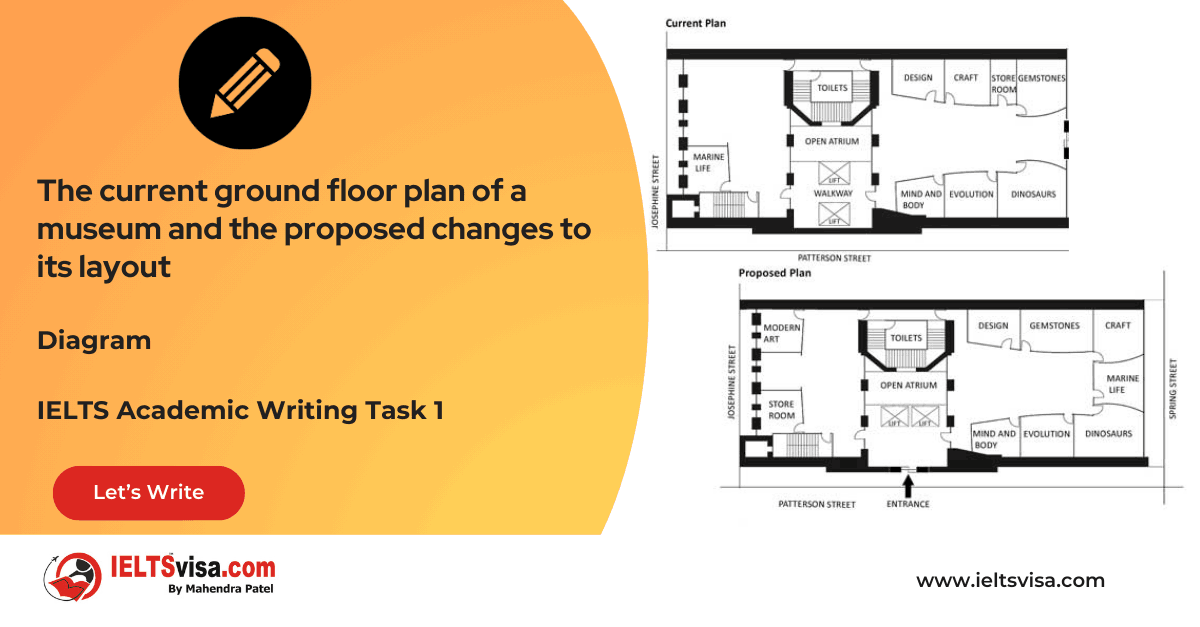How to Use the Correct Tenses
Lexical Resource & Grammatical Range and AccuracyIELTS Academic Writing Task 1
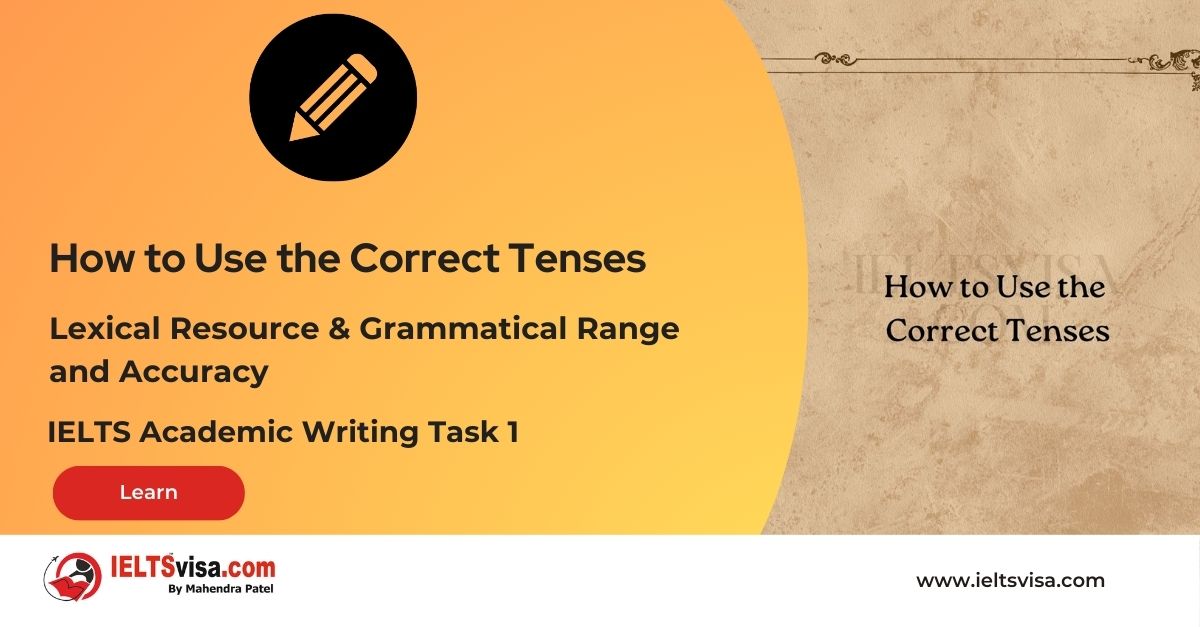
In the IELTS Academic Writing Task 1, it is essential to demonstrate a strong command of tenses to accurately describe and interpret visual information, such as graphs, charts, and diagrams.
Using the correct tenses ensures clarity in your writing and showcases your grammatical range and accuracy.
In this article, we will discuss how to use different tenses effectively in Task 1, providing examples and answers to help you excel.
1. Present Tenses:
Present tenses are commonly used when describing general trends, stating facts, or discussing information presented in visuals. Here are some examples:
a. Present Simple:
The present simple tense describes regular occurrences, habits, or permanent situations. For instance:
Original Sentence:
The chart shows the number of cars sold in the city.
Revised Sentence:
The chart illustrates the monthly sales figures for cars in the city.
Here, the present simple tense is used to describe a recurring event.
b. Present Continuous:
The present continuous tense is used to describe actions happening at the time of speaking or temporary situations. For example:
Original Sentence: The population is growing rapidly.
Revised Sentence: The population of the city is currently experiencing rapid growth.
In this case, the present continuous tense is used to emphasize the ongoing nature of the growth.
2. Past Tenses:
Past tenses are employed when discussing specific data, trends, or events that have already occurred. Let’s explore the usage of past tenses with examples:
a. Past Simple:
The past simple tense is used to describe actions or events that happened at a specific time in the past. Consider the following example:
Original Sentence:
The company earned high profits in 2018.
Revised Sentence:
In 2018, the company recorded significant profit margins.
Here, the past simple tense is used to specify the year the profits were earned.
b. Past Continuous:
The past continuous tense describes actions or events that were in progress at a particular time in the past. For instance:
Original Sentence:
The number of tourists was increasing steadily during the summer months.
Revised Sentence:
Throughout the summer months, there was a steady increase in the number of tourists.
In this example, the past continuous tense conveys the idea of an ongoing process in the past.
3. Future Tenses:
Future tenses are employed when discussing future projections, predictions, or possibilities. Let’s examine how future tenses can be used effectively:
a. Future Simple:
The future simple tense is used to express actions or events that will occur in the future. For example:
Original Sentence:
The company will launch a new product next year.
Revised Sentence:
Next year, the company has plans to introduce a new product to the market.
Here, the simple future tense indicates the company’s future plan.
b. Future Continuous:
The future continuous tense is used to describe ongoing actions or events that will happen at a specific time. Consider the following example:
Original Sentence:
The construction work will be taking place throughout the next month.
Revised Sentence:
Throughout the upcoming month, the construction work will be underway.
In this case, the future continuous tense is employed to emphasize the ongoing nature of the construction work.
It is important to note that the choice of tenses should be guided by the context and the specific information presented in the task. Pay attention to the time frames, the nature of the data, and the relationships between different points in time.
In conclusion, using the appropriate tenses in the IELTS Academic Writing Task 1 is crucial for conveying information accurately and demonstrating grammatical range and accuracy.
You can effectively describe trends, events, and projections by mastering the usage of present, past, and future tenses. Practice incorporating different tenses in your writing; remember to proofread for consistency and clarity.
Consistent practice will enhance your performance in the Lexical Resource and Grammatical Range and Accuracy criteria of Task 1. Best of luck in your IELTS preparation!








Our Books
Master IELTS Speaking Part 1
IELTS Writing Task 1 Book
IELTS Writing Task 2 Book
Practice IELTS Other Modules
IELTS Listening
The IELTS Listening test assesses how well you can understand spoken English in various contexts. It lasts about 30 minutes and is divided into four sections with a total of 40 questions. The listening tasks become increasingly difficult as the test progresses.
IELTS Academic Reading
The IELTS Academic Reading section assesses your ability to understand and interpret a variety of texts in academic settings. It is designed to evaluate a range of reading skills, including skimming for gist, reading for main ideas, reading for detail, understanding inferences, and recognizing a writer's opinions and arguments.
IELTS Speaking
The IELTS Speaking test assesses your ability to communicate in English on everyday topics. It lasts 11-14 minutes and consists of three parts: introduction, cue card, and a discussion based on the cue card topic.
IELTS General Reading
IELTS General Reading tests your ability to understand and interpret various types of texts. Here are some key areas and types of content you can expect to encounter in the reading section, along with tips for effective preparation.
IELTS Academic Writing Task 1
In IELTS Academic Writing Task 1, you are presented with a visual representation of information, such as graphs, charts, tables, or diagrams, and you are required to summarize, compare, or explain the data in your own words.
IELTS General Writing Task 1
In IELTS General Writing Task 1, you are required to write a letter based on a given situation. The letter can be formal, semi-formal, or informal, depending on the prompt. Here’s a breakdown of the key components to include in your letter
IELTS Academic Writing Task 2
In IELTS Academic Writing Task 2, you are required to write an essay in response to a question or topic. Here’s a guide to help you understand the essential elements of this task
IELTS Exam Tips
To succeed in the IELTS exam, practice regularly, familiarize yourself with the test format, improve your vocabulary, develop time management skills, and take mock tests to build confidence.
Grammer for IELTS
Grammar is the foundation of effective communication in English. Understanding tense usage, subject-verb agreement, and sentence structure enhances clarity and coherence in writing and speaking.
Vocabulary for IELTS
Vocabulary plays a crucial role in the IELTS (International English Language Testing System) exam, especially in the Speaking and Writing sections. Here’s an overview of why vocabulary is important and how it impacts your performance
RECENT IELTS SAMPLES QUESTIONS AND ANSWERS
Task 1 – Diagram – Comparison of Stone Tool Development Over Time
20:00 Start Pause Stop [df_adh_heading title_infix="IELTS Writing Task 1 Question" use_divider="on"...
Task 1 – Flow chart -Life Cycle of a Frog
20:00 Start Pause Stop [df_adh_heading title_infix="IELTS Writing Task 1 Question" use_divider="on"...
Task 1 – Flow chart -The process that is used to manufacture bricks for the building industry.
20:00 Start Pause Stop [df_adh_heading title_infix="IELTS Writing Task 1 Question" use_divider="on"...
Task 1 – Map – Changes that took place in Youngsville in New Zealand over a 25 year period from 1980 to 2005.
20:00 Start Pause Stop [df_adh_heading title_infix="IELTS Writing Task 1 Question" use_divider="on"...
Task 1 – Pie Chart – The average household expenditures in Japan and Malaysia in the year 2010
20:00 Start Pause Stop [df_adh_heading title_infix="IELTS Writing Task 1 Question" use_divider="on"...
Task 1 – Bar Graph – The different modes of transport used to travel to and from work in one European city in 1960, 1980 and 2000
20:00 Start Pause Stop [df_adh_heading title_infix="IELTS Writing Task 1 Question" use_divider="on"...
Task 1 – Bar Graph – The amount of leisure time enjoyed by men and women of different employment status
20:00 Start Pause Stop [df_adh_heading title_infix="IELTS Writing Task 1 Question" use_divider="on"...
Task 1 – Line Graph – The differences in wheat exports over three different areas
20:00 Start Pause Stop [df_adh_heading title_infix="IELTS Writing Task 1 Question" use_divider="on"...
Task 1 – Diagram – The current ground floor plan of a museum and the proposed changes to its layout
20:00 Start Pause Stop [df_adh_heading title_infix="IELTS Writing Task 1 Question" use_divider="on"...

